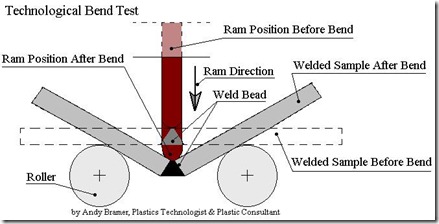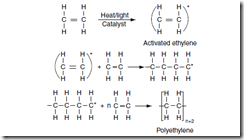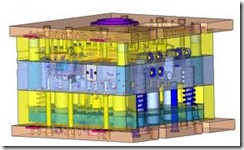Plasticizers, not only to Phthalic Acid Esters and Phthalic anhydride but a wide variety and kinds, are often added to a lot of engineering and modern polymers and general plastics to improve their process ability, improve their flow ability and injection molding characteristics and also to improve their elasticity or reduce brittleness in them. The form in which plastics are used before injection molding is short pellets, which seem to have been cut out from a long wire extruded shape. To actually mold these plastics, the injection molding machine and its operator need to perform a lot of tasks, such as mounting the mold on injection machine with the help of a crane, screwing the mold onto the machine and then clamping it securely, feeding the properly dried plastic material to the hopper unit. From there onwards setting the injection parameters into the screen, which range from the opening closing distance of the mold with differential high and low pressures, setting the screw velocities and screw displacements, setting of the heating units of the screw to proper temperatures and then molding parts.
Below is a picture of a cute kid playing with flexible plastic toy.
Anyhow, in today’s post, our main motive is to study about plasticizers, and not injection molding. So lets begin by discussing what are plasticizers and why are they added to plastics. The basic understanding about uses of plasticizing will provide us with a good base to understand Phthalic Acid Esters and Phthalic anhydride more clearly.
Plasticizers are organic substances of low volatility that are added to plastics compounds to improve their flexibility, extensibility, and processability. They increase flow and thermoplasticity of plastic materials by decreasing the viscosity of polymer melts, the glass transition temperature (Tg) the melting temperature, and the elasticity modulus of finished products.















